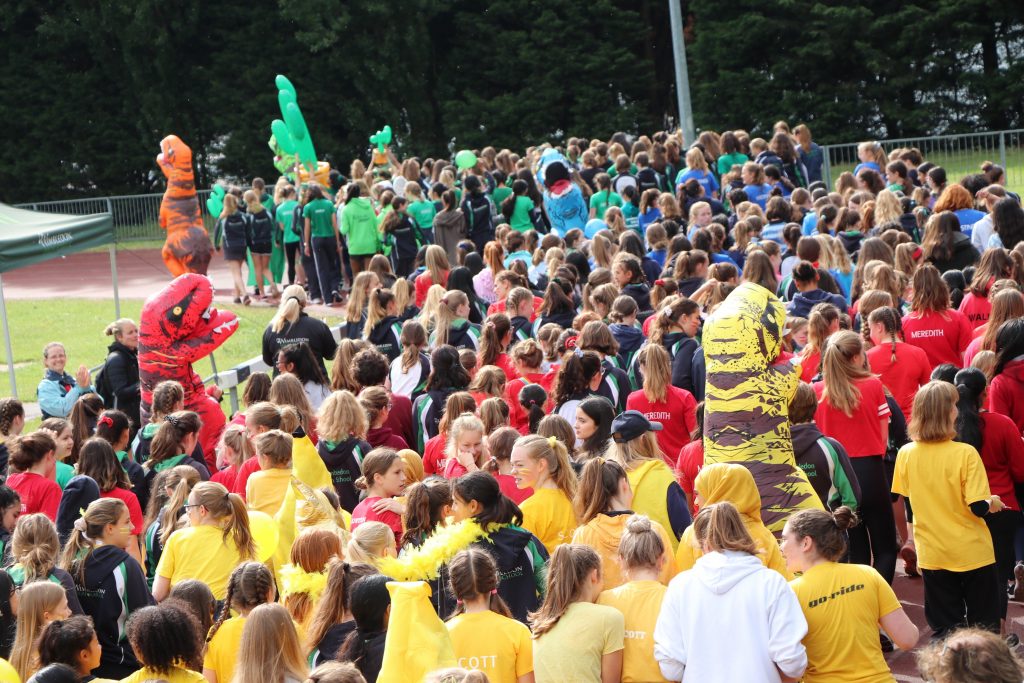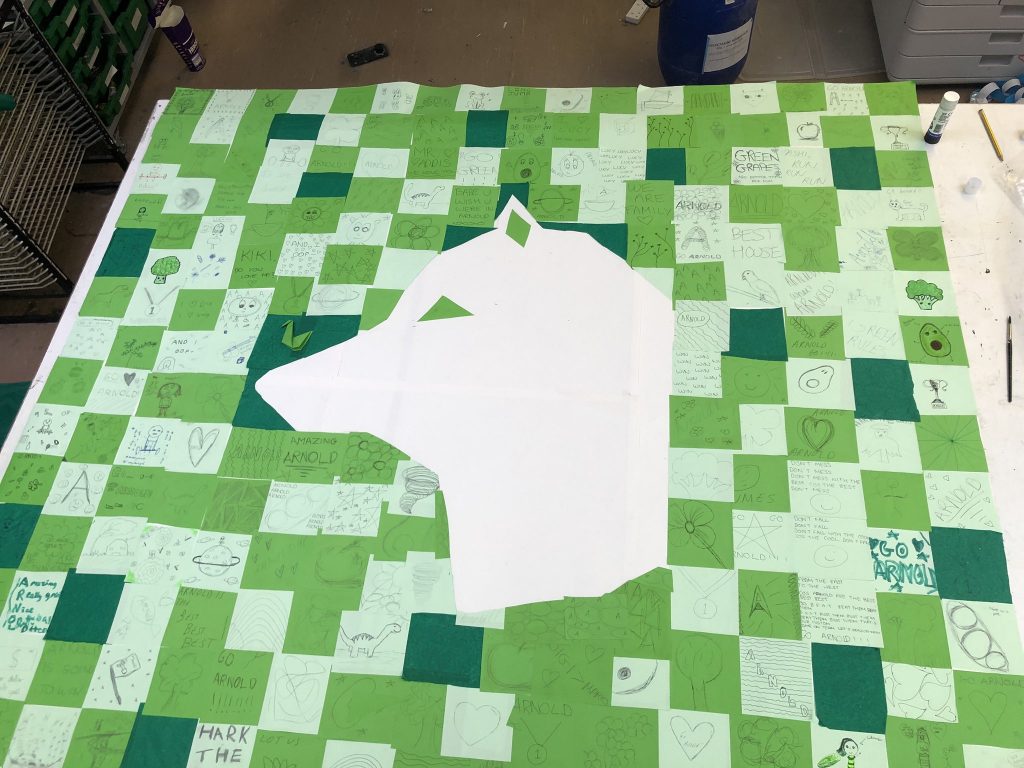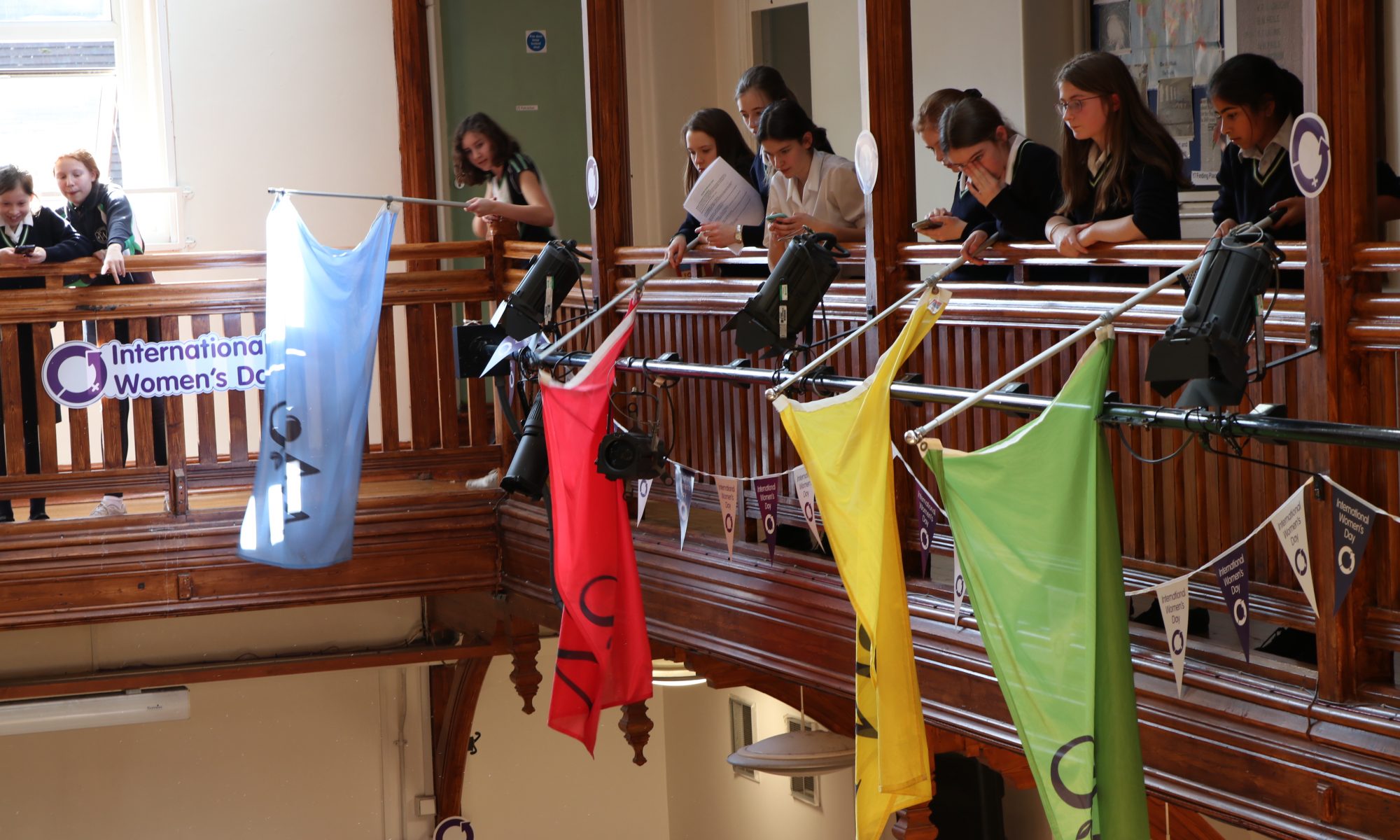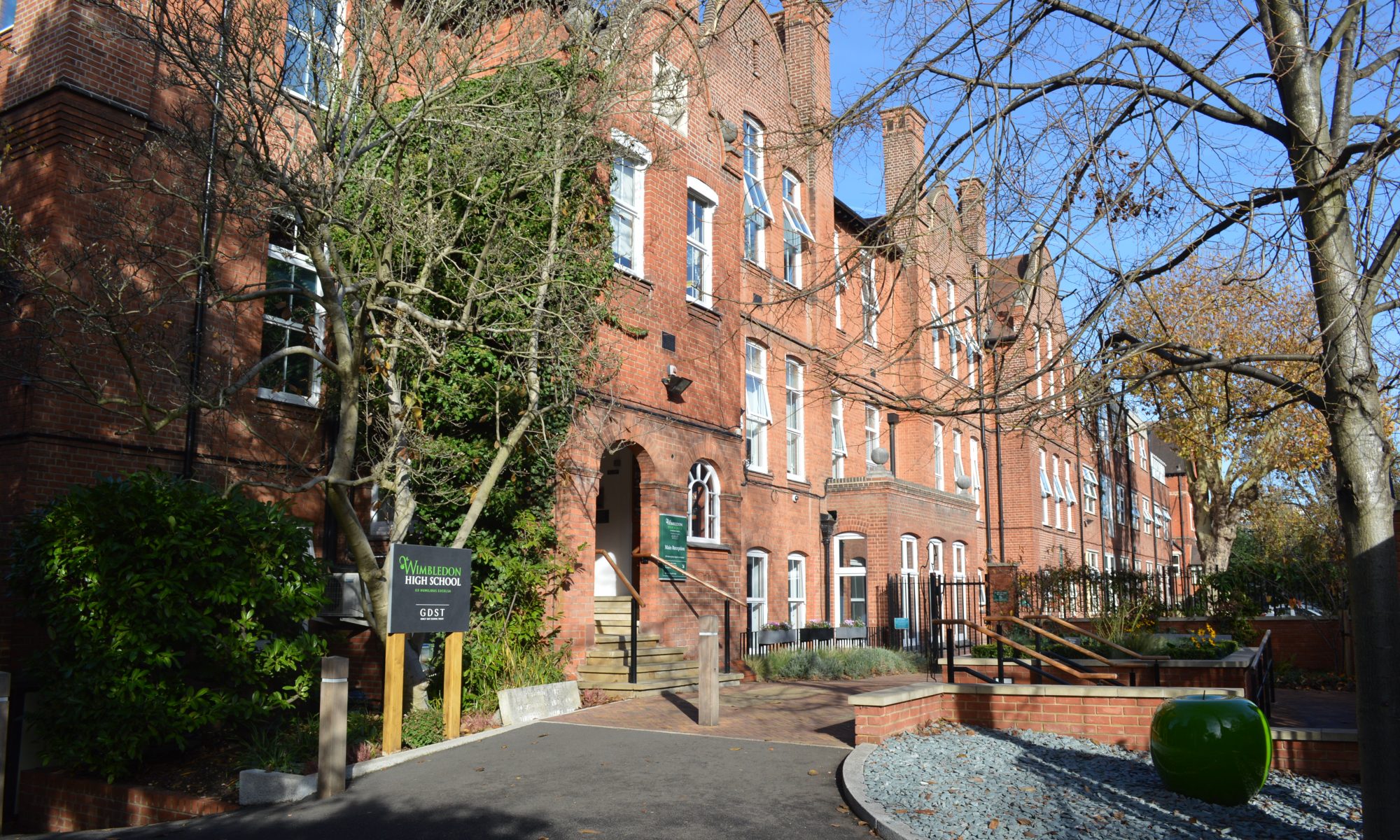In this week’s edition of WimLearn, Anna, Charlotte, Millie, and Kate discuss their aims for this year as our house captains of the Student Leadership Team 2021.
Anna (Scott House Captain):
This year, more than ever, it is so important that everyone feels as though they are a part of a community outside academic lessons, or even co-curriculars. Houses are all about bringing a variety of people together who otherwise may not come across each other – whether that’s within one year or between the different academic years. Something that will be really important over the coming months is ensuring that out brilliant house communities continue, as well as the enthusiasm and fun that goes with it. We have been developing ideas for a new range of events and that will enable the house spirit and friendly competition to continue, whilst maintaining the zoning rules. So, although this year is and will be very different to previous years, I hope that everyone feels united and has a truly great year.

Charlotte (Meredith House Captain):
Walking into school in my bright orange lanyard, I felt guilty not being able to approach and say hi to anyone in the years below. It feels impossible to feel connected to each other, to our friends, or to our school spirit, in a time when we are physically separated from one another. But I know that with the bright, fun, and caring minds of the students at Wimbledon High, we won’t let this time take away from our school experience, but rather accept it as a new challenge and format to our lives. My hopes for the houses this year is to continue nurturing that spirit. In the words of the Meredith song ‘like a spring flower, Meredith grows’, and I know that whether that is a seed of enthusiasm in Year 7, to (let’s be honest) a probably equally small seed of enthusiasm in Year 11, or a full flower of commitment in Year 13, we continue to involve ourselves in coming events, even if they don’t occur as they would have in past years.
Millie (Arnold House Captain):
This year, I aim to make sure that everyone feels like they are a part of a house community, together even if we are apart. In these unprecedented times, the house values of kindness, respect, grit and resilience are more important than ever. I hope that we continue to support each other as we always have, taking all of the opportunities we can get. Although this year may be different, we can still feel like part of a house family and always have someone to reach out to, whether in person or virtually. My main aim is that we all enjoy ourselves, relishing the chance to be back in school. Houses are all about bringing people together and having fun, and a little competitive spirit never goes amiss. We will be working hard this year to ensure that the house spirit is still felt strongly throughout the school. Arnold’s house animal is the wolf, strong, loyal and brave, qualities which everyone has shown throughout this time. I really hope everyone has a brilliant year and that we can all feel united even when we are not together.

Kate (Hastings House Captain):
It is fantastic to be back together again even if it is slightly apart physically. Our recent challenging experiences during lockdown have certainly been unprecedented, not only in terms of this school’s history but also on a global level. Thanks to the hard work of our teachers, we were able to continue our academic studies, our social and personal interaction inevitably suffered. The house community is the perfect forum to seek to compensate for this loss. My main aim this year is to embrace life. Through the creation of smaller communities within a larger community it allows students to create resilient bonds and connections with shared values. It is critical for us to embrace the plentiful opportunities that arise from the house community. It provides advice or encouragement and motivation and – of course – some healthy competition



